INTRODUCTION
The skeleton is a highly dynamic organ that constantly undergoes changes and regeneration. It consists of specialized bone cells, mineralized and unmineralized connective tissue matrix, and spaces that include the bone marrow cavity, vascular canals, canaliculi, and lacunae containing osteocytes.
PHYSIOLOGY
During development and growth, the skeleton is sculpted to achieve its shape and size by the removal of bone from one site and deposition at a different one; this process is called modeling. After the skeleton has reached maturity, regeneration continues in the form of a periodic replacement of old bone with new at the same location, a process called remodeling.
All osteoclasts and osteoblasts belong to a unique temporary structure known as a bone multicellular unit (BMU). Osteoclasts adhere to bone and subsequently remove it by acidification and proteolytic digestion. As the BMU advances, osteoclasts leave the resorption site and osteoblasts move in to cover the excavated area and begin the process of new bone formation by secreting osteoid, which is eventually mineralized into new bone. In normal adults, bone resorption and bone formation are tightly balanced so that the amount of bone formed in new BMUs equals the amount of bone resorbed.
An oversupply of osteoclasts relative to the need for remodeling or an undersupply of osteoblasts relative to the need for cavity repair are the seminal pathophysiological cellular changes in the most common bone diseases, including osteoporosis.
Several systemic hormones, cytokines, growth factors, and local signals influence the birth, death, and function of bone cells. The major systemic regulators are the calcium-regulating hormones, parathyroid hormone (PTH), calcitriol, growth hormone (GH)/insulin-like growth factor-I (IGF-I), glucocorticoids, thyroid hormones, and sex hormones. Other factors, such as IGFs, have both systemic and local effects, and some have mainly or solely local effects, particularly prostaglandins, transforming growth factor (TGF)-beta, bone morphogenetic proteins, and cytokines.

